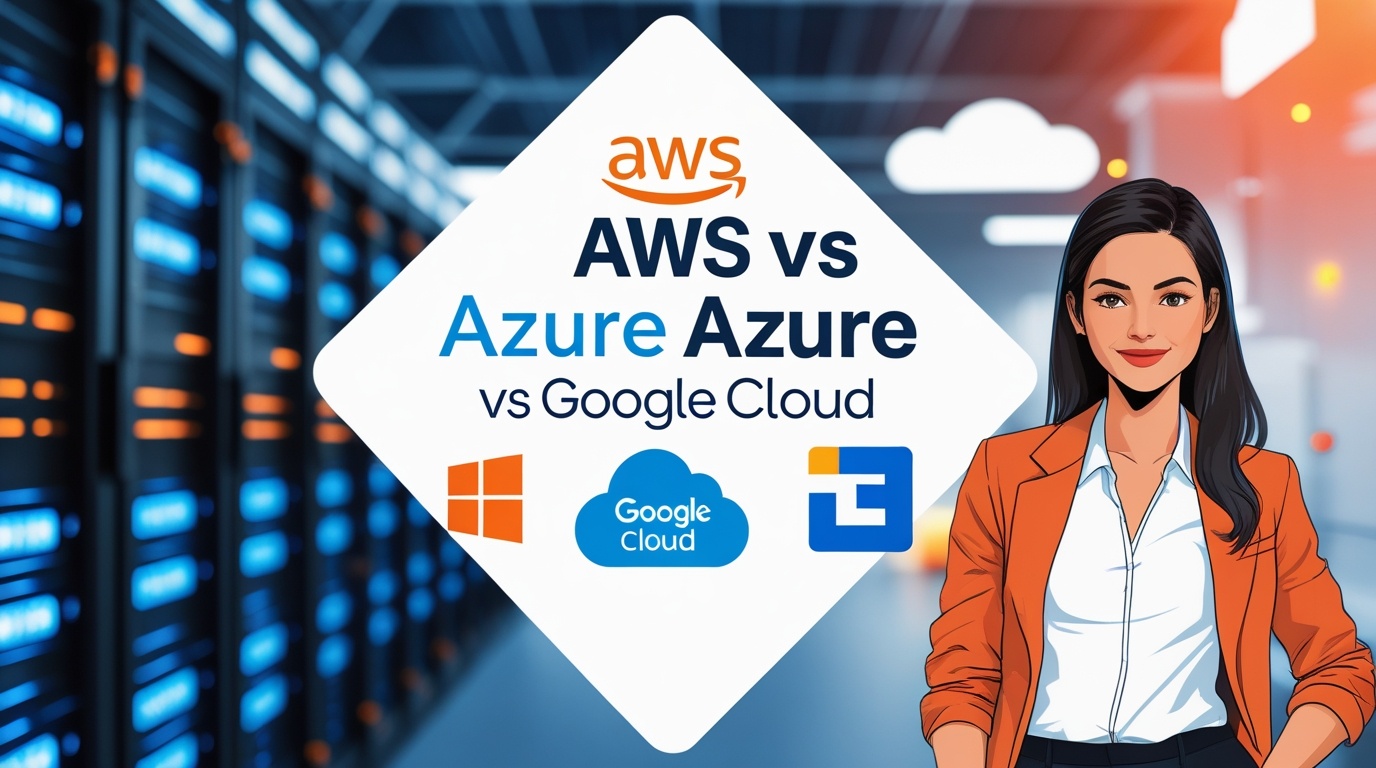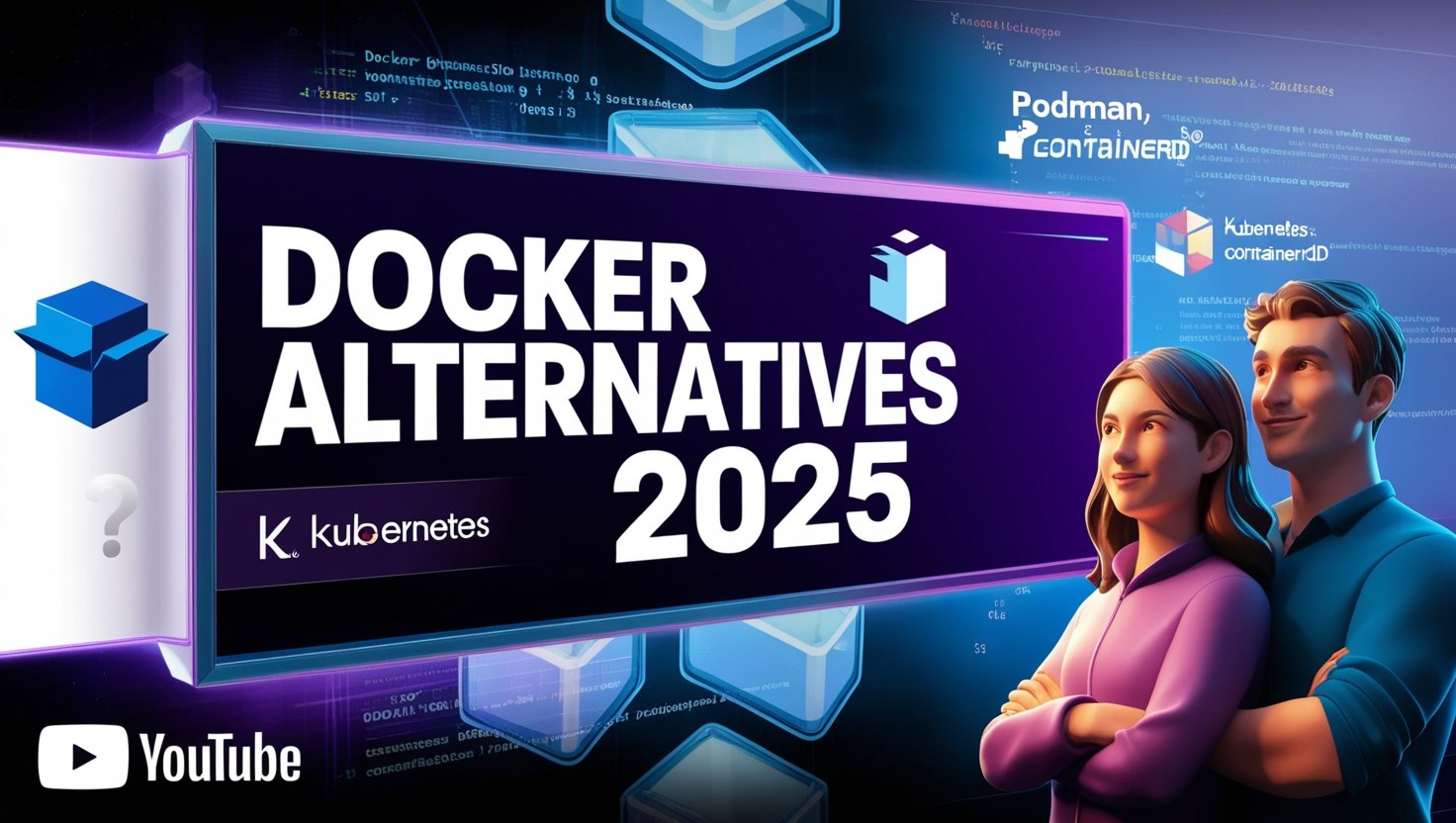The tech world is changing fast, and low-code platforms are at the center of this shift.
Businesses want faster, cheaper, and easier ways to build software—without needing a team of expert developers. That’s where low-code comes in.
But here’s the big question:
Will low-code platforms replace traditional coding?
In this article, we’ll explore:
✅ What low-code development really is
✅ Why it’s growing so fast
✅ The pros and cons of low-code vs. traditional coding
✅ Whether developers should be worried
Let’s dive in!
What Are Low-Code Platforms?
Low-code platforms are drag-and-drop tools that let people build apps without writing much (or any) code.
Instead of typing lines of Python or JavaScript, you:
-
Use visual builders (like Lego blocks for software)
-
Connect pre-built components with simple logic
-
Deploy apps with just a few clicks
Examples of Popular Low-Code Platforms:
-
OutSystems (Enterprise apps)
-
Mendix (Business automation)
-
Bubble (Web apps without code)
-
Appian (Workflow automation)
-
Microsoft Power Apps (Internal business tools)
These tools are booming—Gartner predicts that by 2025, 70% of new apps will use low-code or no-code tools.
Why Are Low-Code Platforms So Popular?
1. Faster Development (Speed Over Complexity)
Building an app traditionally takes months. With low-code? Days or weeks.
-
No need to write everything from scratch
-
Pre-built templates & integrations
-
Instant deployment
2. Cheaper Than Hiring Developers
Hiring a full dev team is expensive. Low-code lets non-developers (business analysts, marketers, etc.) build apps themselves.
3. Easier to Maintain
Less custom code = fewer bugs, easier updates.
4. Great for Simple Apps
Need a basic CRM, inventory tracker, or internal dashboard? Low-code is perfect.
Low-Code vs. Traditional Coding: Pros & Cons
| Factor | Low-Code | Traditional Coding |
|---|---|---|
| Speed | ⚡ Very fast | 🐢 Slower (more coding) |
| Cost | 💰 Lower cost | 💸 Expensive (dev salaries) |
| Flexibility | 🧩 Limited by platform | ♾️ Unlimited (full control) |
| Complexity | ❌ Struggles with complex logic | ✅ Handles anything |
| Scalability | ⚠️ Limited scaling | 🚀 Highly scalable |
| Who Can Use It? | 👨💼 Business users | 👨💻 Only developers |
When to Use Low-Code?
✔ Simple business apps (forms, dashboards)
✔ Prototyping quickly
✔ Internal tools (no need for high performance)
When to Stick with Traditional Coding?
✔ Complex software (AI, gaming, blockchain)
✔ Custom features (beyond platform limits)
✔ High-performance needs (millions of users)
Will Low-Code Replace Developers?
Short answer: No.
Long answer: It will change the game, but not eliminate coding.
Why Developers Are Still Safe
-
Complex Problems Need Real Code
-
Low-code struggles with advanced algorithms, AI, security, and scalability.
-
Big companies still need custom solutions.
-
-
Someone Has to Build the Low-Code Tools
-
Platforms like OutSystems and Mendix are built by traditional coders.
-
-
Low-Code Has Limits
-
If you need deep customization, you’ll still need a developer.
-
But… Low-Code Will Change Jobs
-
More "citizen developers" (non-coders building apps)
-
Developers will focus more on complex tasks
-
Less demand for simple CRUD app developers
The Future: Hybrid Development?
The best approach might be a mix of both:
-
Use low-code for quick prototypes & simple apps
-
Use traditional coding for complex features
Companies like Microsoft and Salesforce already blend both:
-
Power Apps (Low-Code) + Azure Functions (Custom Code)
-
Salesforce Lightning (Low-Code) + Apex (Custom Logic)
This way, businesses get speed + flexibility.
Should You Learn Low-Code as a Developer?
Yes! It’s a valuable skill.
Even if you’re a pro coder, knowing low-code can help you:
✅ Build internal tools faster
✅ Work better with non-tech teams
✅ Increase your job opportunities
Final Verdict: Is Low-Code the End of Coding?
No—but it’s a game-changer.
✅ Low-code is great for simple, fast apps.
❌ It won’t replace complex software development.
🚀 The future is a mix of both.
What Should You Do?
-
If you’re a business user: Try low-code to build simple apps.
-
If you’re a developer: Learn low-code to stay ahead, but keep sharpening your coding skills.
What’s Next?
Want to explore low-code tools? Check out:
🔹 Bubble (No-code web apps)
🔹 OutSystems (Enterprise apps)
🔹 Microsoft Power Apps (Business automation)
Or dive deeper into traditional coding with our Python & Flask tutorials.
What do YOU think? Will low-code take over? Let us know in the comments!
🔗 For more tech insights, visit SharpEncode.com 🚀


